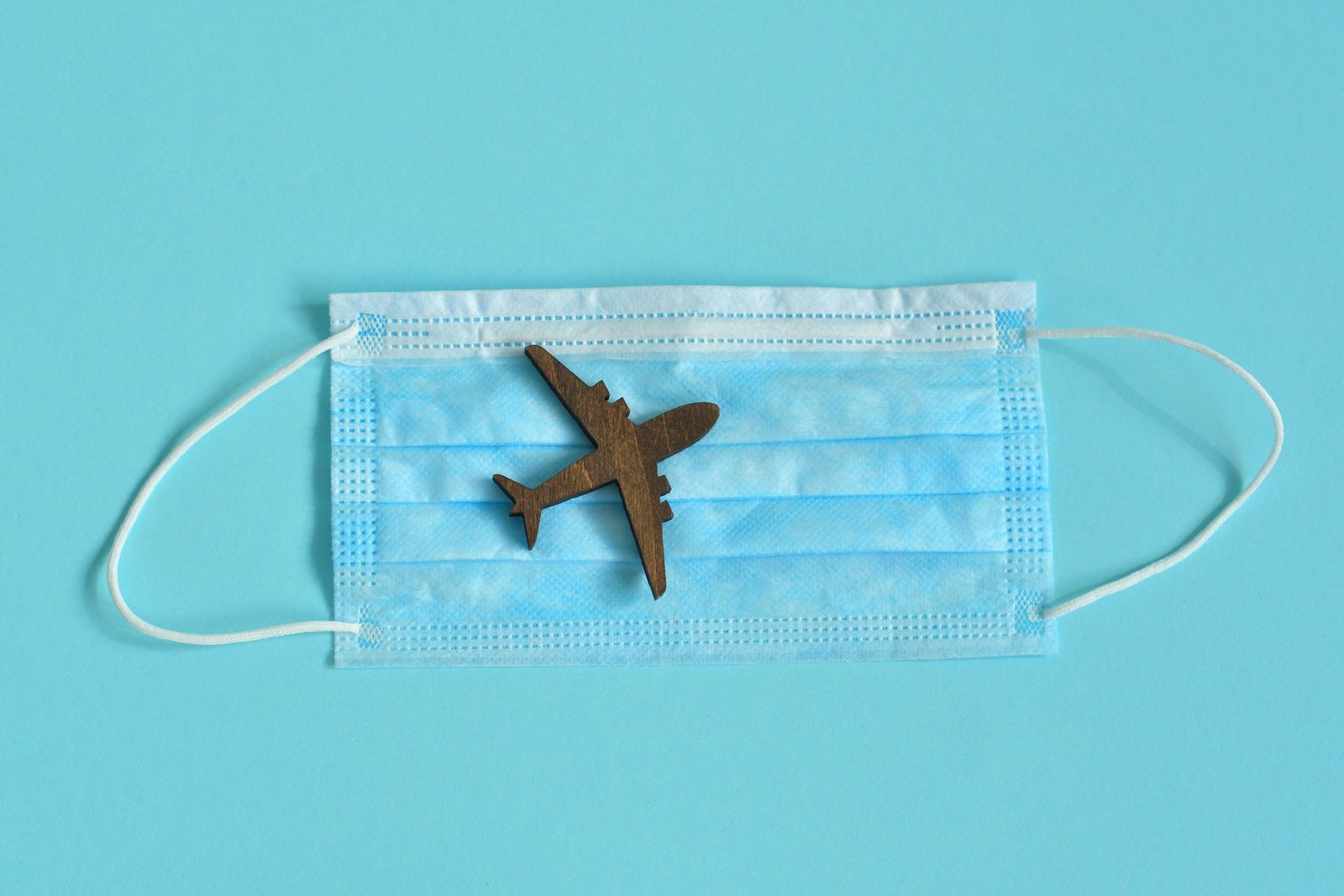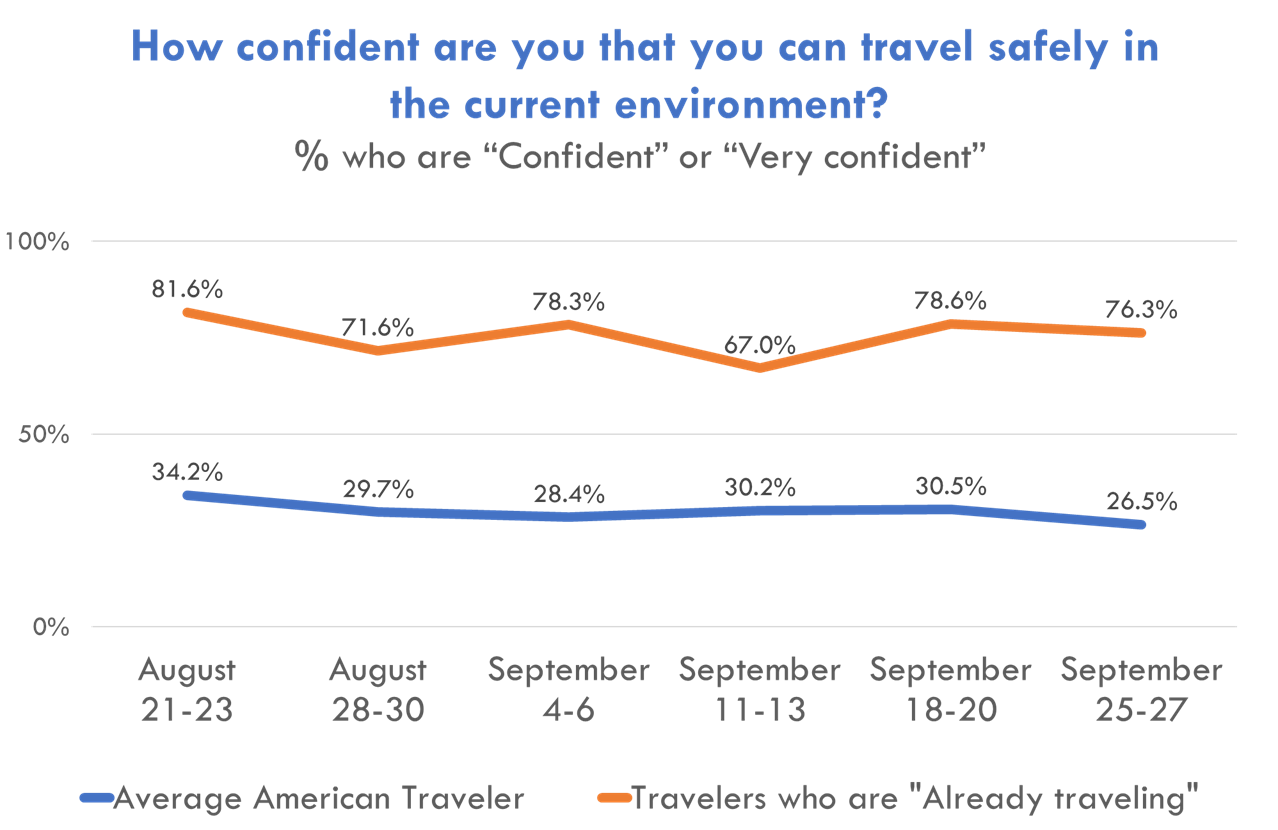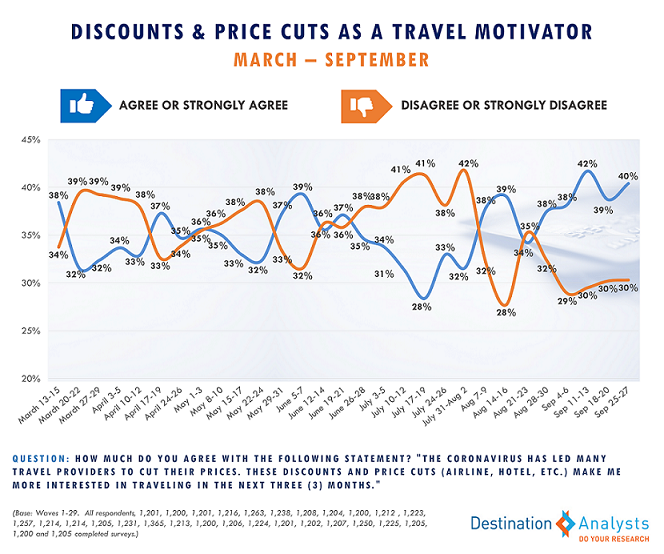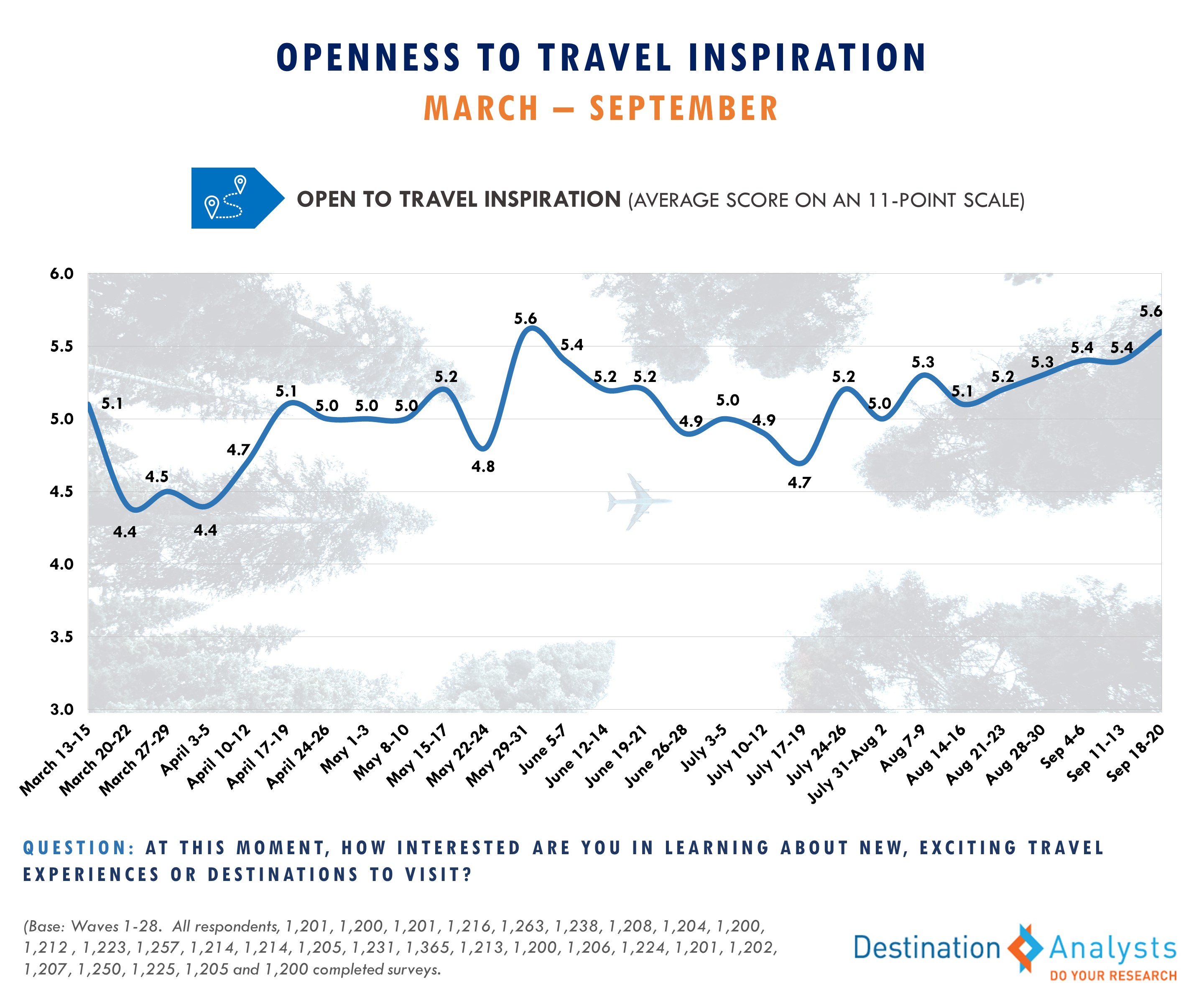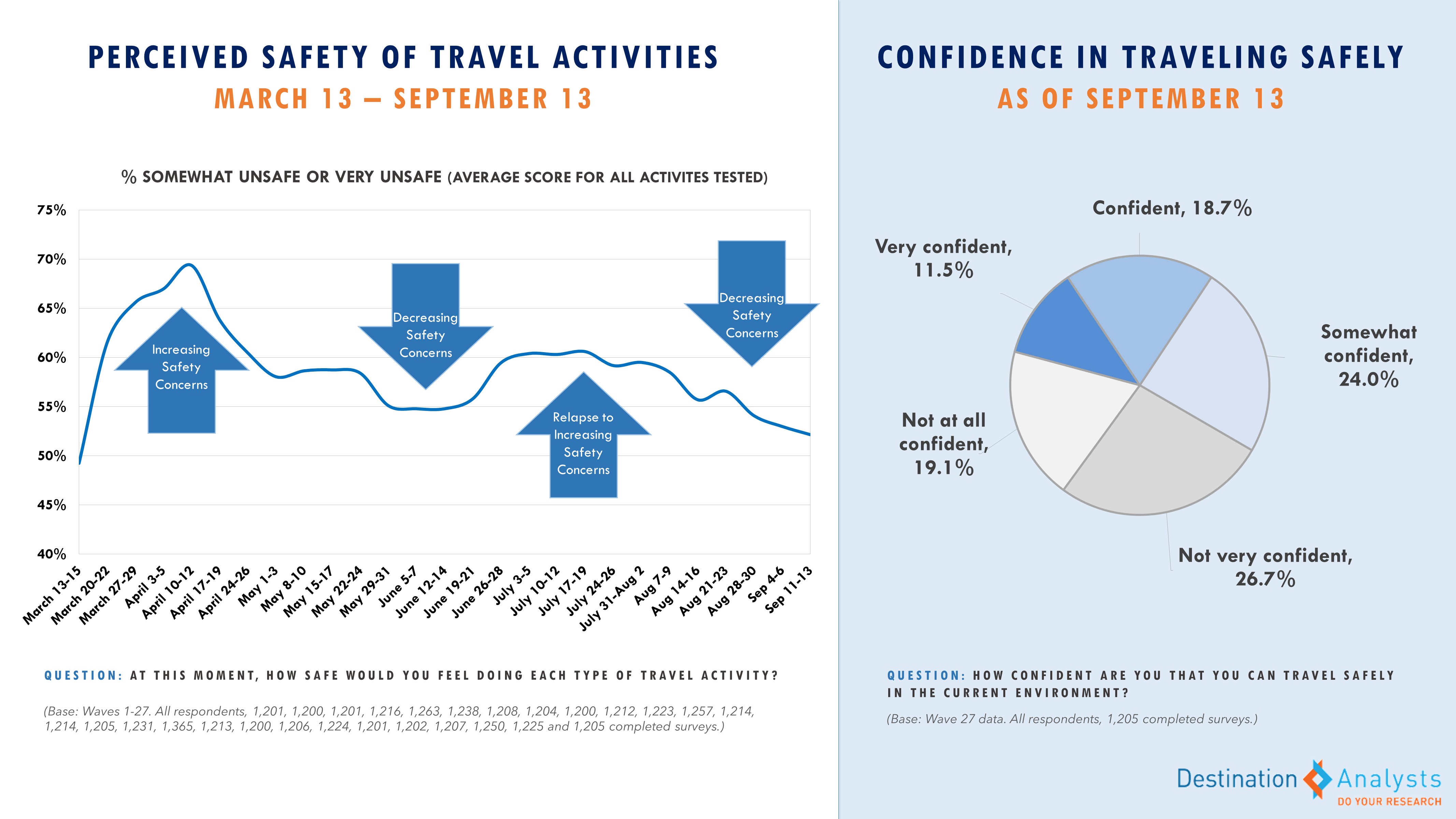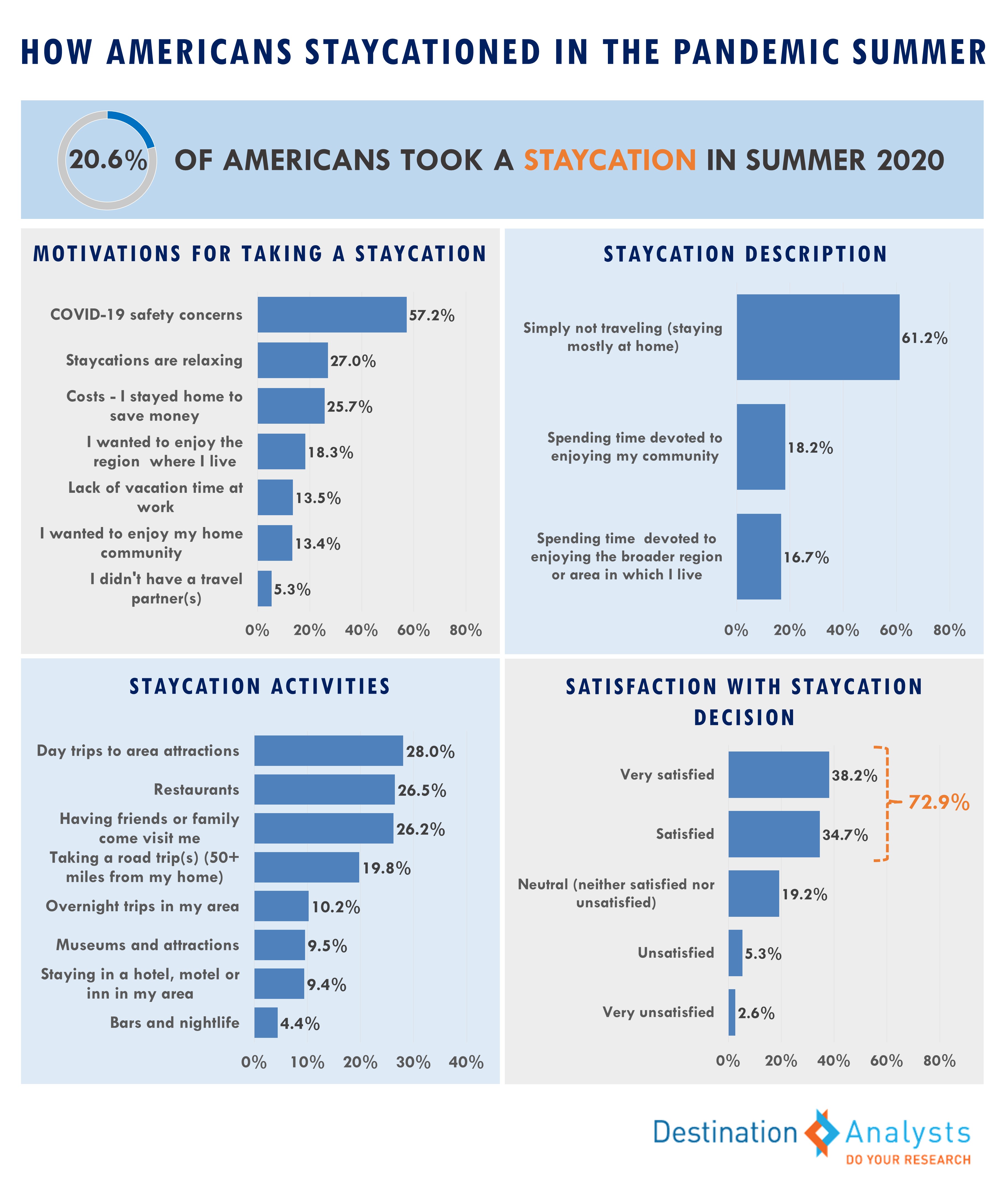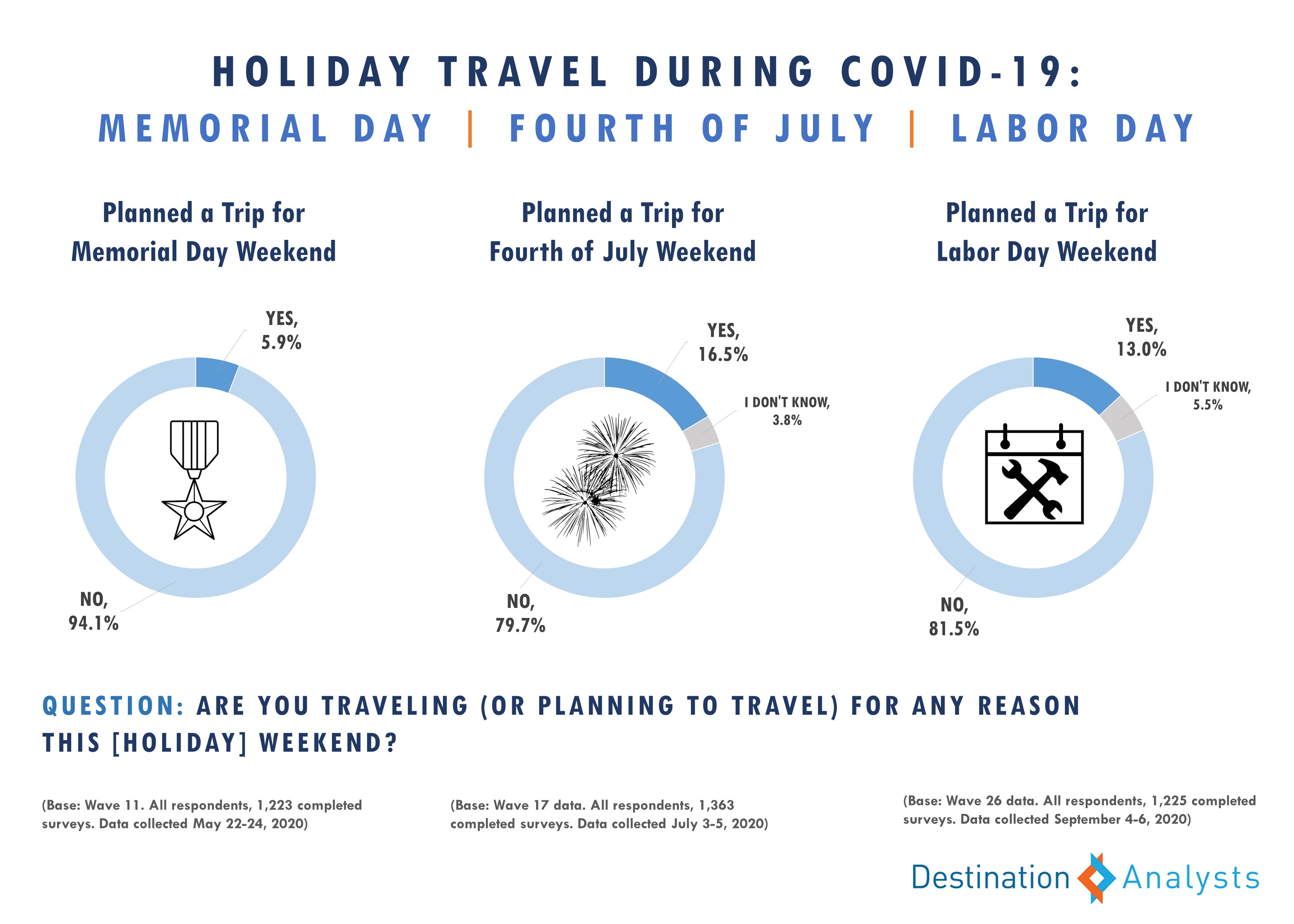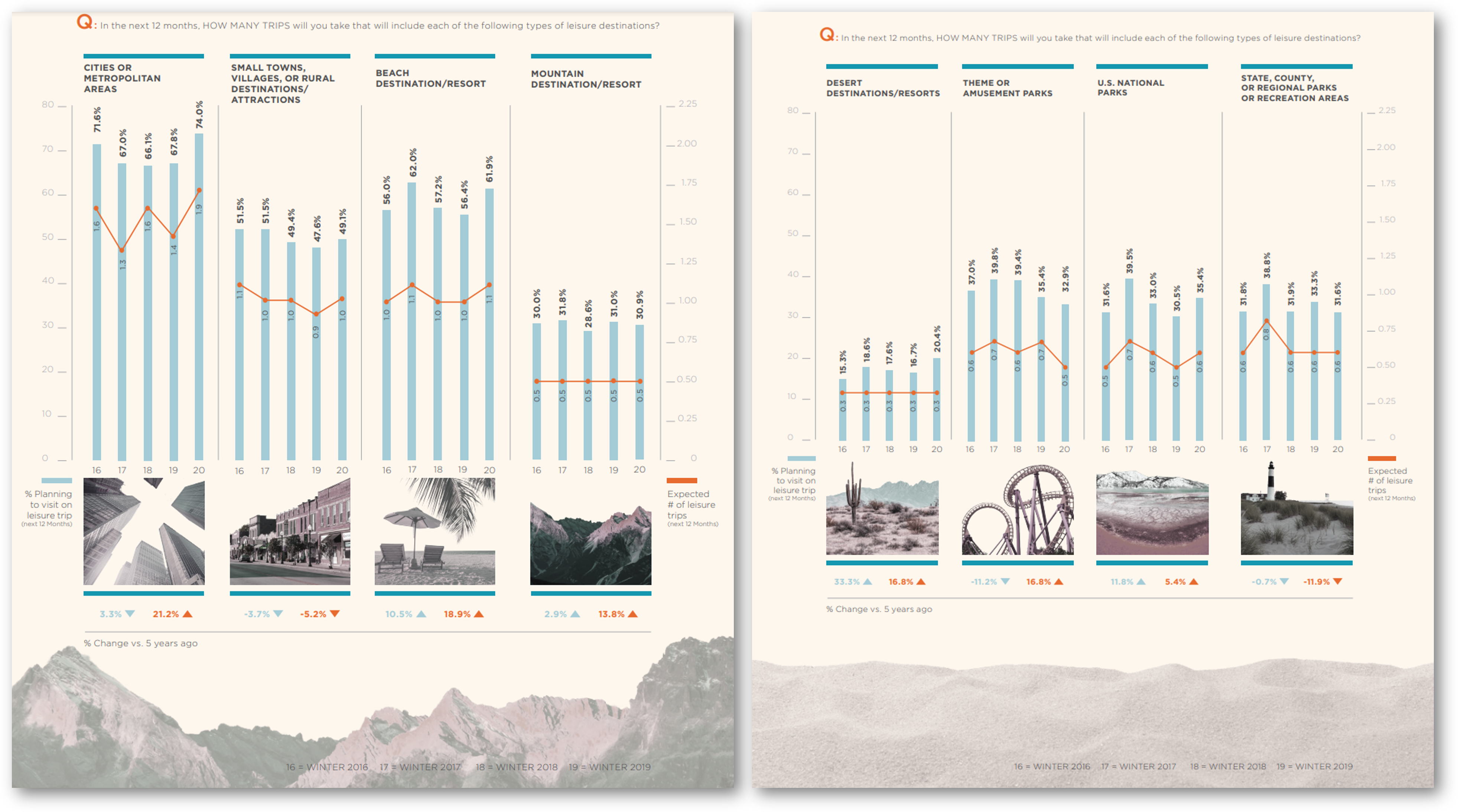During Destination Analysts’ industry update webinar on September 29th, Destination DC’s Senior VP, Marketing & Communications, Robin McClain, interviewed an incredibly talented panel of Black travel content creators—Kerwin McKenzie, Ime Umoh and Kareemah Ashiru—to understand how destination marketing organizations and travel brands could learn from their experiences and work with them. Here is the full panel discussion in case you missed it and below the video are five key takeaways that emerged from this fruitful and in-depth discussion:
1. The creative work produced by Black travel content creators is largely influenced by their background and ethnicity. While each panelist shared that their approach to creating content for Black travelers varies, their work is nonetheless influenced by their background and ethnicity. Kareemah, who is a Black Muslim, creates content specifically focused on “Muslim travel-related stories from African countries” and “Black Muslims in America” with her audience being Muslims from all over the world. Meanwhile, Nigerian-American filmmaker Ime creates visual content intended to “really tell that story ‘hey if you look like me you can be here too.’” Each time he creates a video or photograph, Ime considers the Black community and the Africans of the Diaspora so that they can “finally be able to see and picture themselves in these destinations” that he travels to. Kerwin is a travel expert with a background in the airline industry who produces content focused on “the [travel] journey and also trying to make it as comfortable as possible” for his readers. He describes his work as “trying to show travel from my perspective and I just happen to be a Black person.”
2. Discussions around diversity and inclusion should be constant and continuous, rather than confined to a moment in time. While the tragic deaths of George Floyd and Breonna Taylor catalyzed a social awakening to be more conscious and mindful of the Black experience, there was an expressed skepticism that discussions about the Black experience could be a trending topic. According to Kareemah, “It’s great that companies and organizations are discussing it. I think that is the first step to progress, but we don’t want it to seem like ‘okay this is what is cool to talk about right now.’ We want it to be a continuous thing, not ‘this is Black history month so let’s start packing in all this Black content.’ We want it to be year-round and included at all times, not particular to a moment or specific event.” Furthermore, Ime posed questions around authentic versus performative efforts to work with Black content creators. He urged other Black content creators to “do due diligence to vet companies that want to work with you” to assess whether such opportunities are inspired by genuine motivations or are simply reactionary to current events.
3. Celebrating and promoting work with Black content creators shows dedication to equity and inclusion efforts. In addition to having conversations and discussions, businesses and organizations dedicated to diversity, equity and inclusion should celebrate Black partners they work with. As shared by Kareemah, “If you are working with us let that show on your website…it shows that the organization is dedicated to working with us and including us in their story and their mission.”
4. Another way for organizations to communicate their dedication to diversity, equity and inclusion is to look internally. Kerwin advised taking a close look at the content organizations produce to ensure that such content is inclusive and appealing. He also recommended having people on staff who are reflective of target audiences: “Get people on your staff who look like us.” From the many Black leisure travelers we directly hear from in Destination Analysts’ qualitative focus groups and in-depth interviews, common sentiments are “I want to see that there are people who look like me” and “I want to know that I’m welcome there.”
5. Black travel content creators are easy to find. They can be found on social media and through online research. A valuable resource is the Black Travel Alliance, which sends regular email newsletters around how they are impacting equality. As a founding board member of the Black Travel Alliance, Kerwin shared that he and his team will be developing a membership directory of Black content creators that travel brands can work with. And lastly, in the words of Ime, being “proactive rather than reactive” is another way to find Black content creators, with this panel discussion being a great example of how to be proactive in reaching and working with them.
Here is the contact information for each of the panelists in case you’d like to connect with them directly:
Kerwin McKenzie
Website: www.passrider.com/work-with-me
Email: Mskonfa@hotmail.com
Phone: +1 (202) 525-6847
Ime Umoh | Video Creator & Editor | Baltimore, MD
Website: https://ptbutton.com/
Instagram: https://www.instagram.com/ahmay_ahmoo/
Let’s Connect!: https://calendly.com/ptbutton/lets-connect
Email: ime.umoh@ptbutton.com
Phone: +1 (443) 927-5866
Kareemah Ashiru
Website: https://www.hijabiglobetrotter.com/
YouTube: https://www.youtube.com/user/kareemahashiru
Instagram: https://www.instagram.com/hijabiglobetrotter/
Email: kareemahashiru@gmail.com or contact@hijabiglobetrotter.com
Phone: +1 (419) 690-6396

